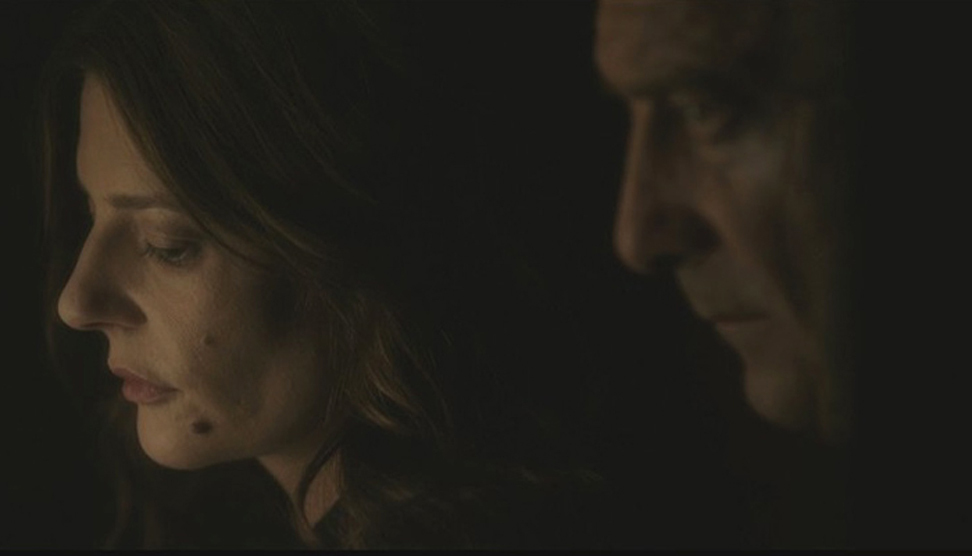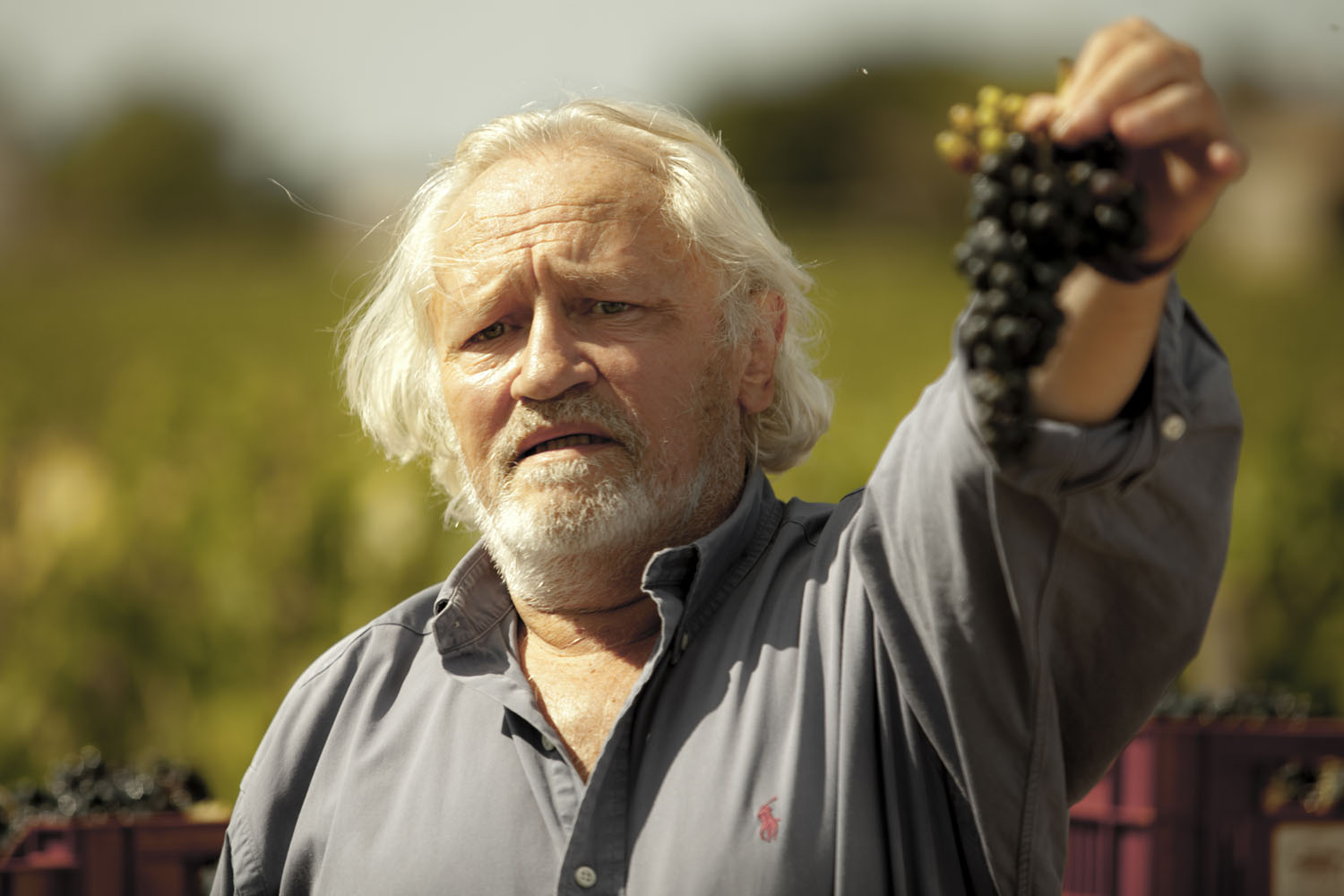
Niels Arestrup (A Prophet, War Horse) stars as the owner of French wine estate who places impossible expectations on his son, with lethal results. The poor son has gotten a degree in winemaking, has worked his ass off on his father’s estate for years and has even married well – but it’s just not enough for his old man. The father’s interactions with the son range from dismissive to deeply cruel.
The father’s best friend is his longtime estate manager, whose health is faltering. The son is the natural choice for a successor, but the owner openly prefers the son’s boyhood friend, the son of the manager. The first half of You Will Be My Son focuses on the estate owner’s nastiness toward his son, which smolders throughout the film. But then the relationship between the sons turns from old buddies to that of the usurper and the usurped. And, finally, things come down to the decades-long relationship between the two old men.
Deep into the movie, we learn something about the father that colors his view of his son. And then, there’s a startling development that makes for a thrilling and operatic ending.
It’s one of several good 2013 films about fathers and sons, like The Place Beyond the Pines and At Any Price. (This is also a food porn movie, with some tantalizing wine tasting scenes that should earn a spot on my Best Food Porn Movies.)
You Will Be My Son is available on DVD from Netflix and streaming from Amazon, Vudu, iTunes and Xbox Video.



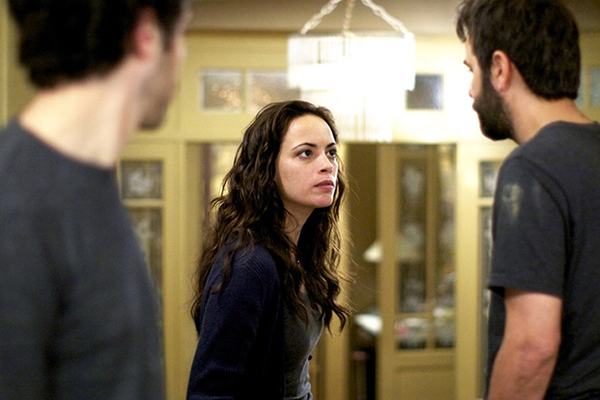
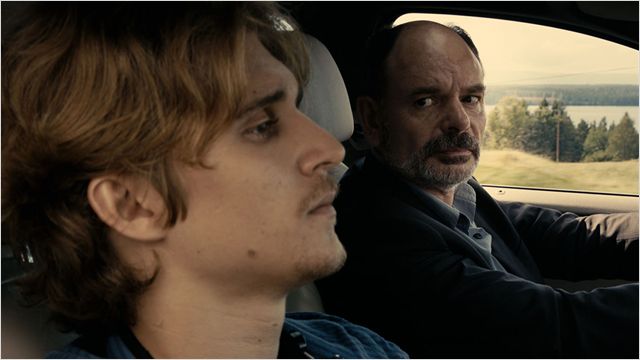
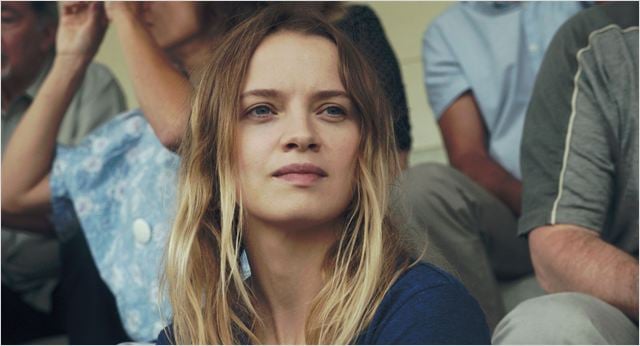 The authentic and raw French drama Suzanne starts as a family story about a single dad working as a long haul trucker and his two daughters, Maria and Suzanne. The younger daughter Suzanne makes some bad choices that impact the rest of her family. The film is not just about the title character, but about each family member and the consequences each must bear.
The authentic and raw French drama Suzanne starts as a family story about a single dad working as a long haul trucker and his two daughters, Maria and Suzanne. The younger daughter Suzanne makes some bad choices that impact the rest of her family. The film is not just about the title character, but about each family member and the consequences each must bear.